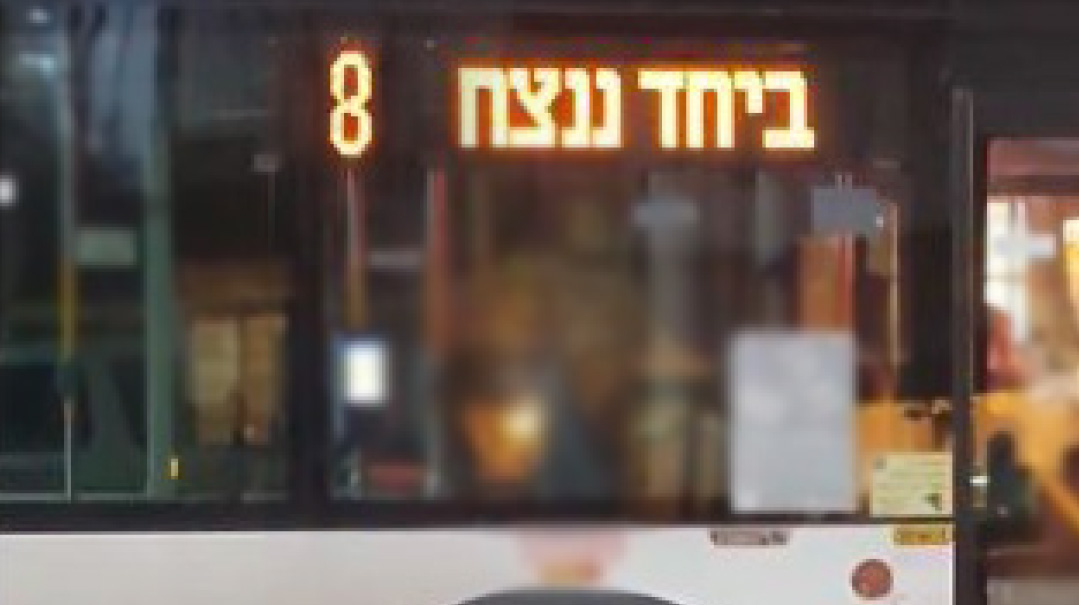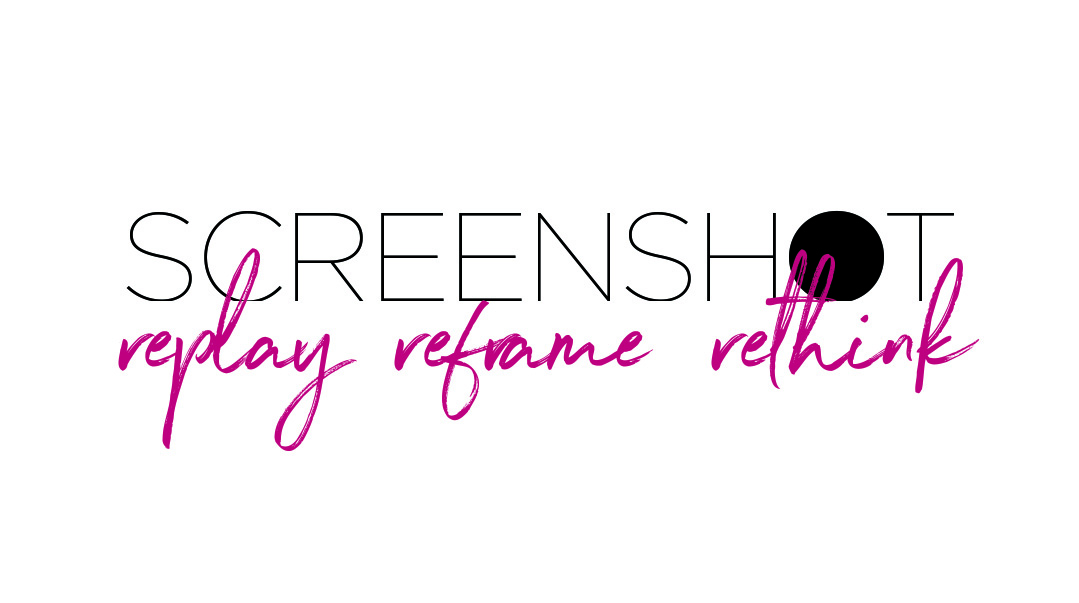Leaving Room for Reality

When I left the office around midnight with one of our graphic designers, she asked me, “If you start planning so early, why are we here so late?”

Our first brainstorming session for this magazine took place when it was still Nissan, and our closets were still stocked with winter clothing. As I opened up a “Shavuos 5783” document, I can’t say I was fully recovered from the effort of putting out the mega Pesach package — but we all know that good material takes time to plan and produce.
We finished that meeting with a nice list of ideas. Some were new, at least two were ideas that we’d discussed in the past but whose time just hadn’t come. (This happens often — we’ll get excited about an idea only to find that the proper writer, sources, or logistics just aren’t in place — so we try again at a later date.)
But the magazine that you’re holding now is very different from what we planned. And that, in a sense, was also part of the plan.
In almost every Yom Tov brainstorm session I’ve attended, the editor has a basic list of the “categories” of pieces they’re looking for. They know what they need and what they want, what the readers are looking for and they would appreciate. As the ideas come in, they slot them into those basic categories. (Of course, there is also that category of “something new and different that doesn’t fit any category.”)
But turning an idea, even a great idea, into reality is very complex. It takes more than skill or resources — it also takes mazel and siyata d’Shmaya.
Sometimes the interviewee says no. Sometimes he say yes but his wife (or kids) says no.
Often there’s an idea that needs a specific writer to pull it off… and the writer is not available within your timeframe.
Then there are the times when the interviewee agrees, the writer is available — and the product they deliver isn’t what you expected. Sometimes a second draft can fill the gap; sometimes the unexpected is a good surprise that you love despite your expectations; sometimes the piece just won’t work for Yom Tov.
Then a staff member has a family emergency and their assigned piece falls off the grid. So you rework your plans.
Then the interviewee you’ve been chasing for a month suddenly agrees to talk — but only the afternoon before your final deadline.
And then the interviewee who said yes remembers to check with his wife or kids or rav after the piece is written and edited, and sends you that very regretful email…. So you swallow hard and adjust your plans yet again.
All this time, you work without a clear idea of how many pages you’ll actually have to fill when Closing Day arrives. That’s because the final page count depends on the number of ads sold — more ads means more content. So you juggle multiple contingencies: pieces that will for sure go in, pieces that can be bumped, pieces that will balance the heaviness or lightness of other pieces….
After a long, hard closing day this week, when I left the office around midnight with one of our graphic designers, she asked me, “If you start planning so early, why are we here so late?”
The answer is that all of the above scenarios actually happened between the day of that meeting in Nissan and the day this magazine was sent to the printer.
And there was another reason for the last-minute pressure: the petirah of Rabbi Moshe Grylak ztz”l, the founding editor of Mishpacha and one of the pioneers of the teshuvah movement. Preparing a fitting tribute in the space of 24 hours meant additional work and pressure for everyone. But that is also part of the job.
Like most things in life, it requires a balance between vision and flexibility, between clear-cut goals and curiosity to see how things play out. Going into the process, you need a strong picture of what you’re aiming for — along with the knowledge that you don’t know exactly how it will all come together, and that’s okay.
Shoshana Friedman
Managing Editor
(Originally featured in Mishpacha, Issue 962)
Oops! We could not locate your form.



